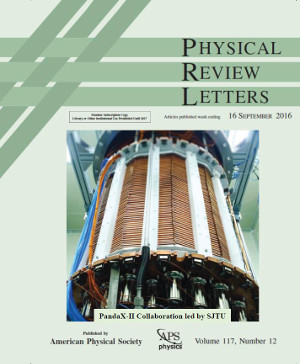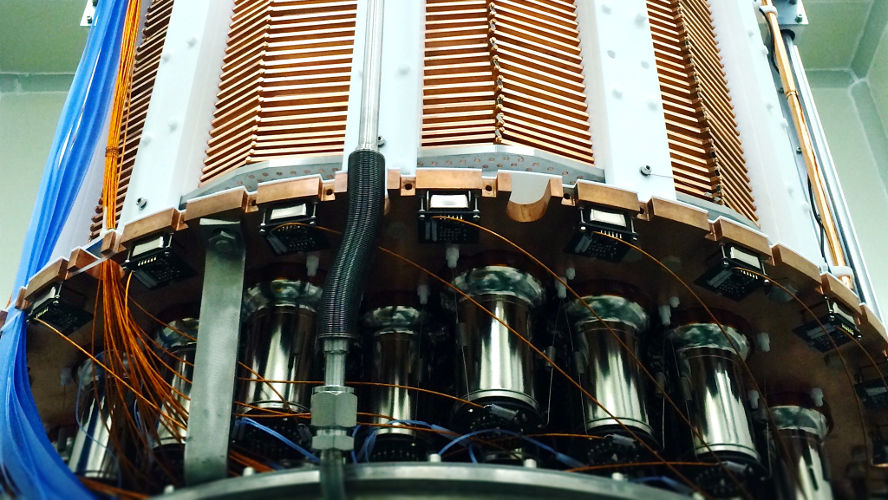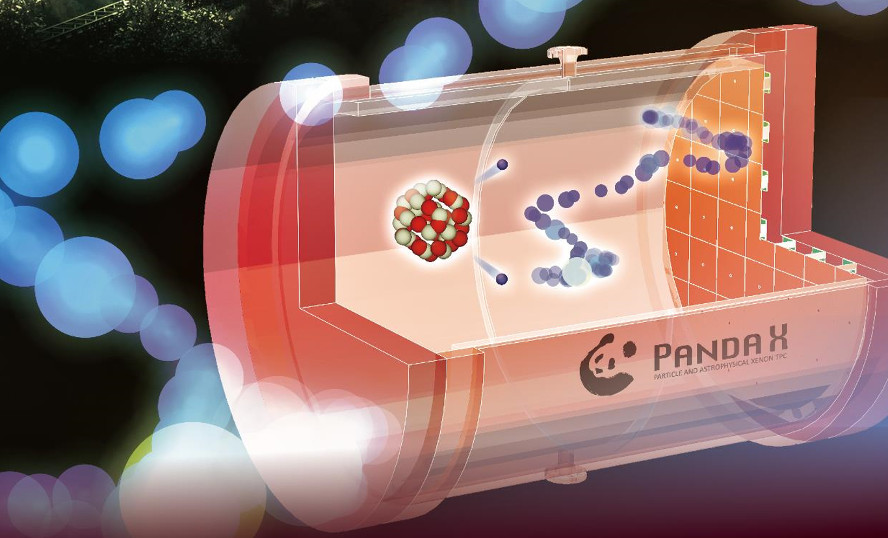Recent result from PandaX-II was published on Physical Review Letter (Phys. Rev. Lett. 119, 181302, "Editor's Suggestion") on October 30, 2017, back-to-back with the first result from XENON1T experiment. The papers are highlighted by a Physics "Viewpoint" commentary by Dan Hooper from FNAL and Univ. of Chicago, commenting that “...
PandaX: Particle and Astrophysical Xenon Experiments
PandaX is an experimental program which employs a series of xenon detectors to search for elusive dark matter particles and to study the fundamental properties of neutrinos. PandaX was founded in 2009 by Prof. Xiangdong Ji, who also served as the first spokesperson of the collaboration until 2018. Up to now, the collaboration has constructed and operated three generation of experiments, PandaX-I, PandaX-II, and PandaX-4T, with active target masses of 120 kg, 580 kg, and 3.7 tonne, respectively. The collaboration is also preparing for the next generation multi-ten-tonne experiment, PandaX-xT, aimed to be an ultimate dark matter direct detection experiment and a leading project to test the Majorana nature of the neutrinos.
PandaX-II is a dark matter direct detection experiment equipped with a half-ton scale dual-phase time projection chamber (TPC), operated in CJPL between Oct. 2014 and June 2019. In 2016 and 2017, PandaX-II produced the world leading constraints to dark matter-nucleon interactions.
With 6-ton of total Xenon and 4-ton sensitive target, PandaX-4T aims to improve the dark matter sensitivity by one order of magnitude in comparison to PandaX-II. PandaX-4T also plans to make sensitive searches on neutrinoless double beta decay of , and other signals from new physics. This project has been commissioned in 2021 and started data taking since then.
PandaX-III is a R&D effort to develop a high pressure gaseous Xenon TPC as a potential technology to search for the neutrinoless double beta decay of .
News
-
-
The PandaX-II collaboration released the official WIMP search results using 54 ton-day exposure on Aug. 23, 2017. No excess events were found above the expected background. The most stringent upper limit on spin-independent WIMP-nucleon cross section was set for a WIMP mass greater than $100 GeV/c^{2}$, with the lowest exclusion at $8.6\times10^{-47} cm^{2}$ at $40 GeV/c^{2}$. The result reported here is more conservative than the preliminary result shown during the TeVPA2017 conference, due to the adoption of updated photon/electron detection efficiencies.
-
Prof. Xiangdong Ji of Shanghai Jiao Tong University and University of Maryland, spokesperson of the PandaX Collaboration, announced new results on the dark matter (DM) search from the PandaX-II experiment on Monday Aug. 7, during the TeV Particle Astrophysics 2017 Conference at Columbus, Ohio, the United States. No DM candidate was identified within the data from an exposure of 54 ton-day, the largest reported DM direct detection data set to date.
-
The PandaX observatory uses xenon as target and detector to search for WIMP particles as well as neutrinoless double beta decay ($0\nu\beta\beta$) in ${}^{136}Xe$. At present, the PandaX-II experiment is in operation in CJPL-I. The future PandaX program will pursue the following three main directions:
-

- ‹ previous
- 3 of 4
- next ›


